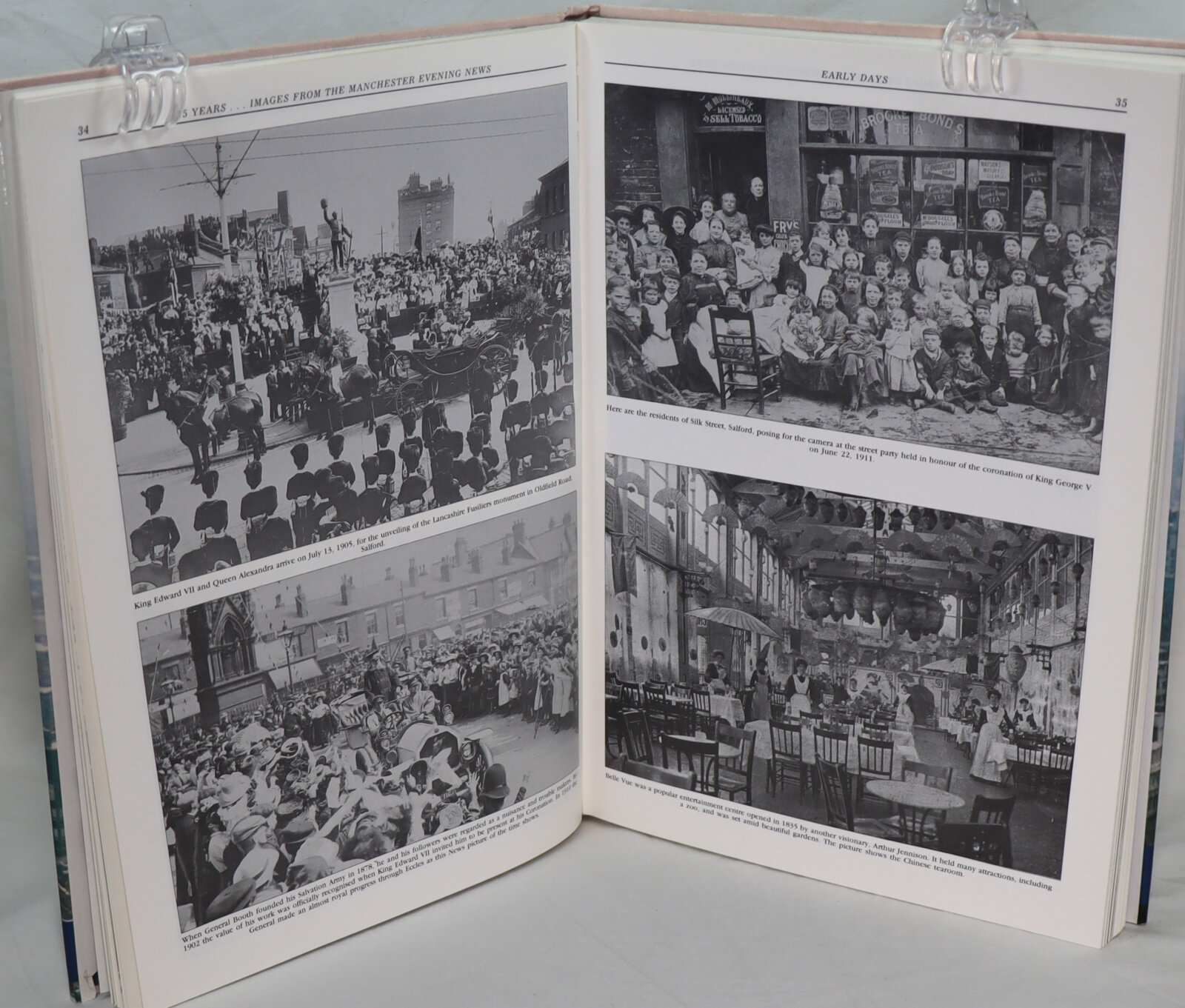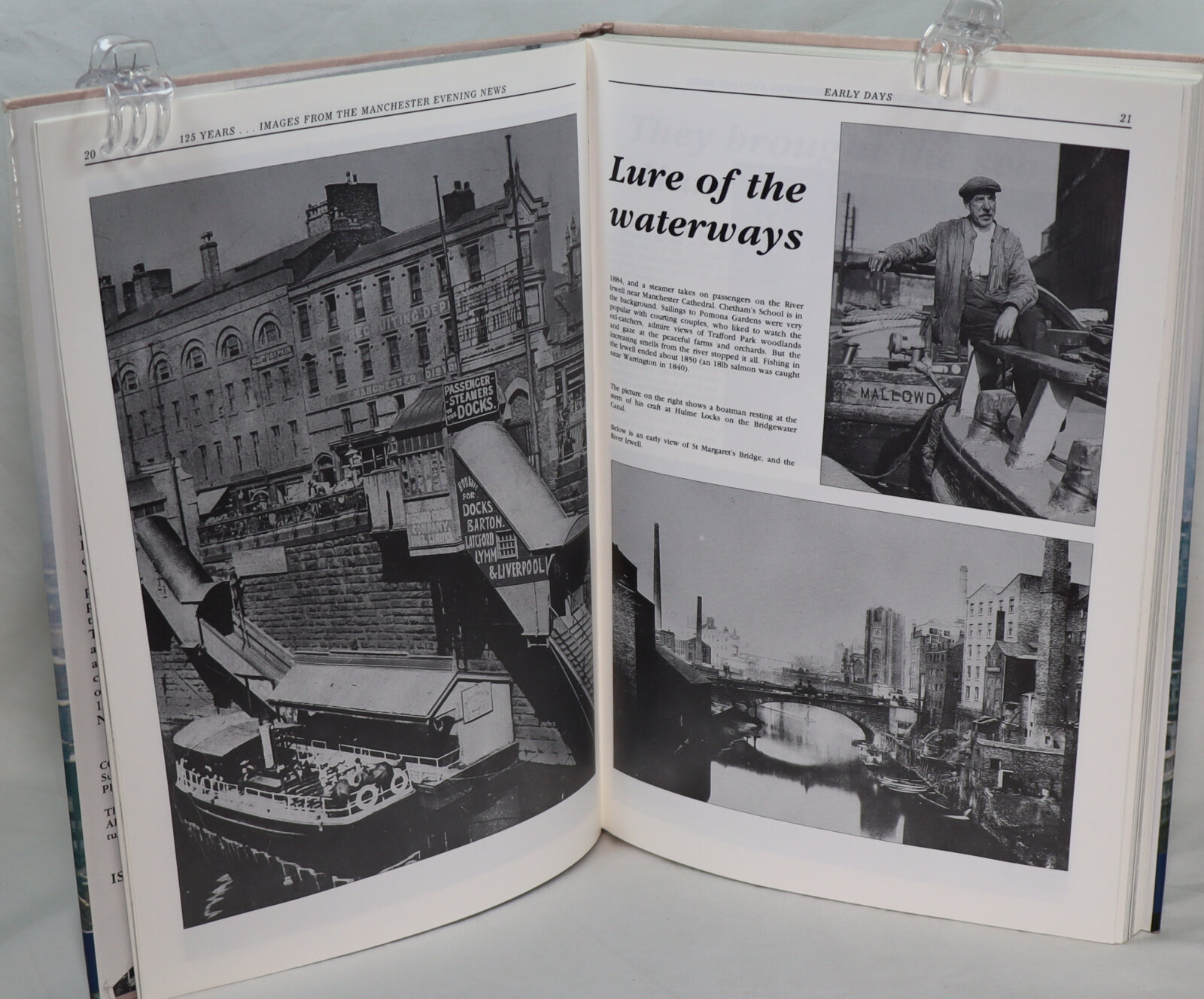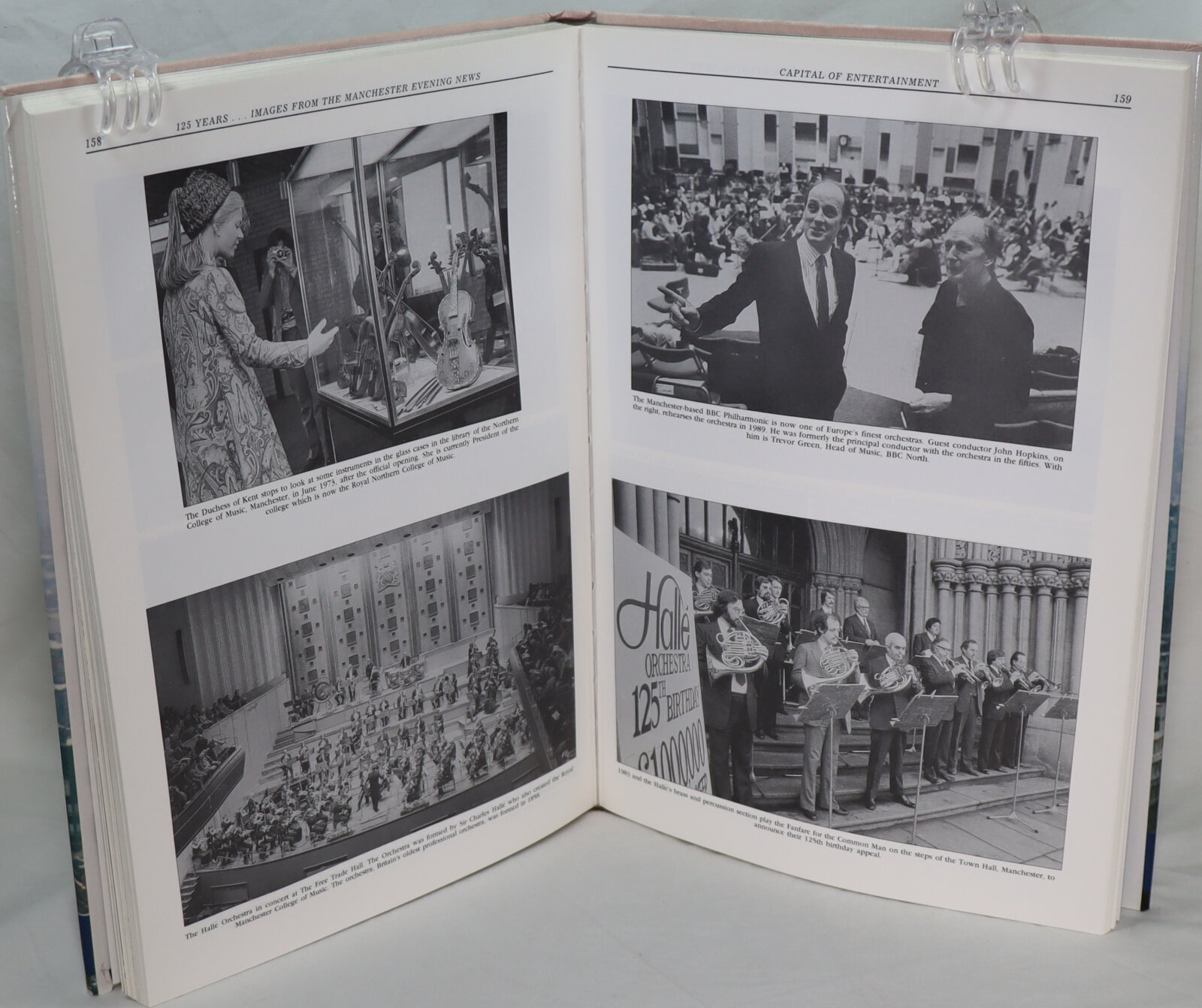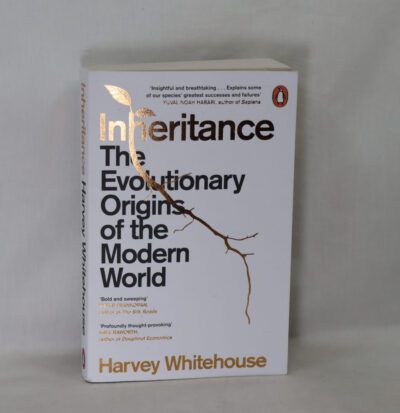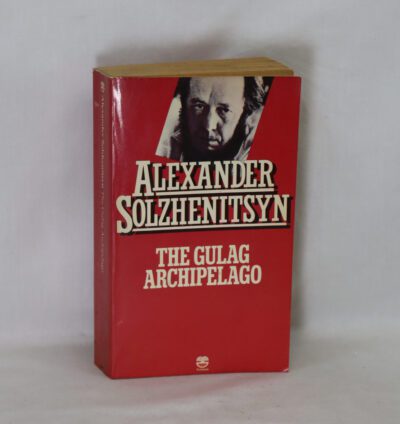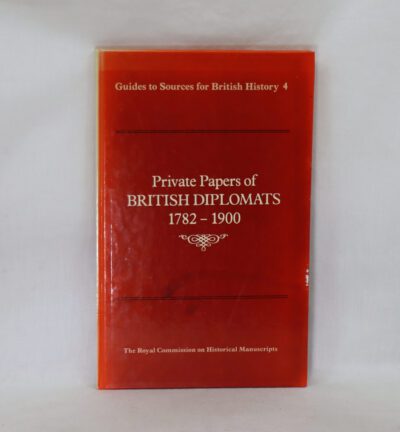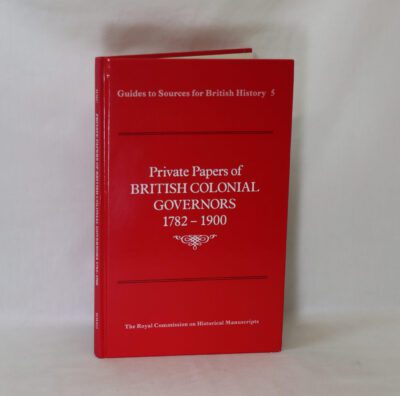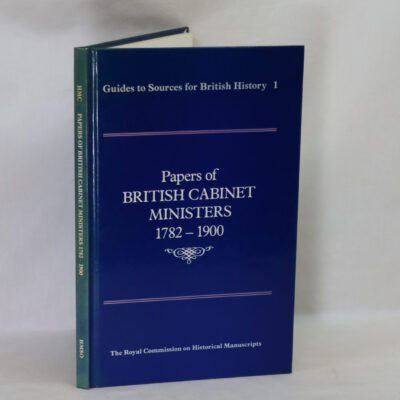Greater Manchester. 125 Years.
ISBN: 9781783262090
Printed: 1993
Publisher: The Breedon Books Publishing Co. Derby
| Dimensions | 22 × 31 × 2 cm |
|---|---|
| Language |
Language: English
Size (cminches): 22 x 31 x 2
Condition: Fine (See explanation of ratings)
Your items
Item information
Description
In the original dustsheet. Grey cloth binding with gilt title on the spine.
-
F.B.A. provides an in-depth photographic presentation of this item to stimulate your feeling and touch. More traditional book descriptions are immediately available.
Greater Manchester is a ceremonial county in North West England. It borders Lancashire to the north, Derbyshire and West Yorkshire to the east, Cheshire to the south, and Merseyside to the west. Its largest settlement is the city of Manchester.
The county has an area of 493 sq mi (1,277 km) and is highly urbanised, with a population of 2.8 million. The majority of the county’s settlements are part of the Greater Manchester Built-up Area, which extends into Cheshire and Merseyside and is the second most populous urban area in the UK. The city of Manchester (510,746) is the largest settlement, followed by Bolton (194,189), Sale (134,022), Rochdale (107,926), Stockport (105,878), Salford (103,886), and Wigan (103,608). Greater Manchester contains ten metropolitan boroughs: Manchester, Salford, Bolton, Bury, Oldham, Rochdale, Stockport, Tameside, Trafford and Wigan, the councils of which collaborate through Greater Manchester Combined Authority. The county was created on 1 April 1974 from parts of north-west Cheshire, south-east Lancashire, and a small part of the West Riding of Yorkshire.
The centre and south-west of Greater Manchester are lowlands, similar to the West Lancashire Coastal Plain to the north-west and the Cheshire Plain to the south-west. The north and east are part of the Pennines: the West Pennine Moors in the northwest, the South Pennines in the northeast and the Peak District in the east. Most of the county’s rivers rise in the Pennines and are tributaries of the Mersey and Irwell, the latter of which is itself a tributary of the Mersey. The county is connected to the Mersey Estuary by the Manchester Ship Canal, which for its entire length within Greater Manchester consists of canalized sections of the Mersey and Irwell.
What is now Greater Manchester was a largely rural area until the Industrial Revolution, when the region rapidly industrialized. The area’s towns and cities became major centres for the manufacture of cotton, aided by the exploitation of the Lancashire coalfield. The region was also an engineering and scientific centre, leading to achievements such as the first inter-city railway and Ernest Rutherford’s pioneering work on nuclear fission. Since deindustrialisation in the mid-20th century the county has emerged as a major centre for services, media and digital industries, and is renowned for guitar and dance music and its football teams.
Review: Very interesting book full of facts that I didn’t know ,but at the same time facts I could remember over the years.really good
Want to know more about this item?
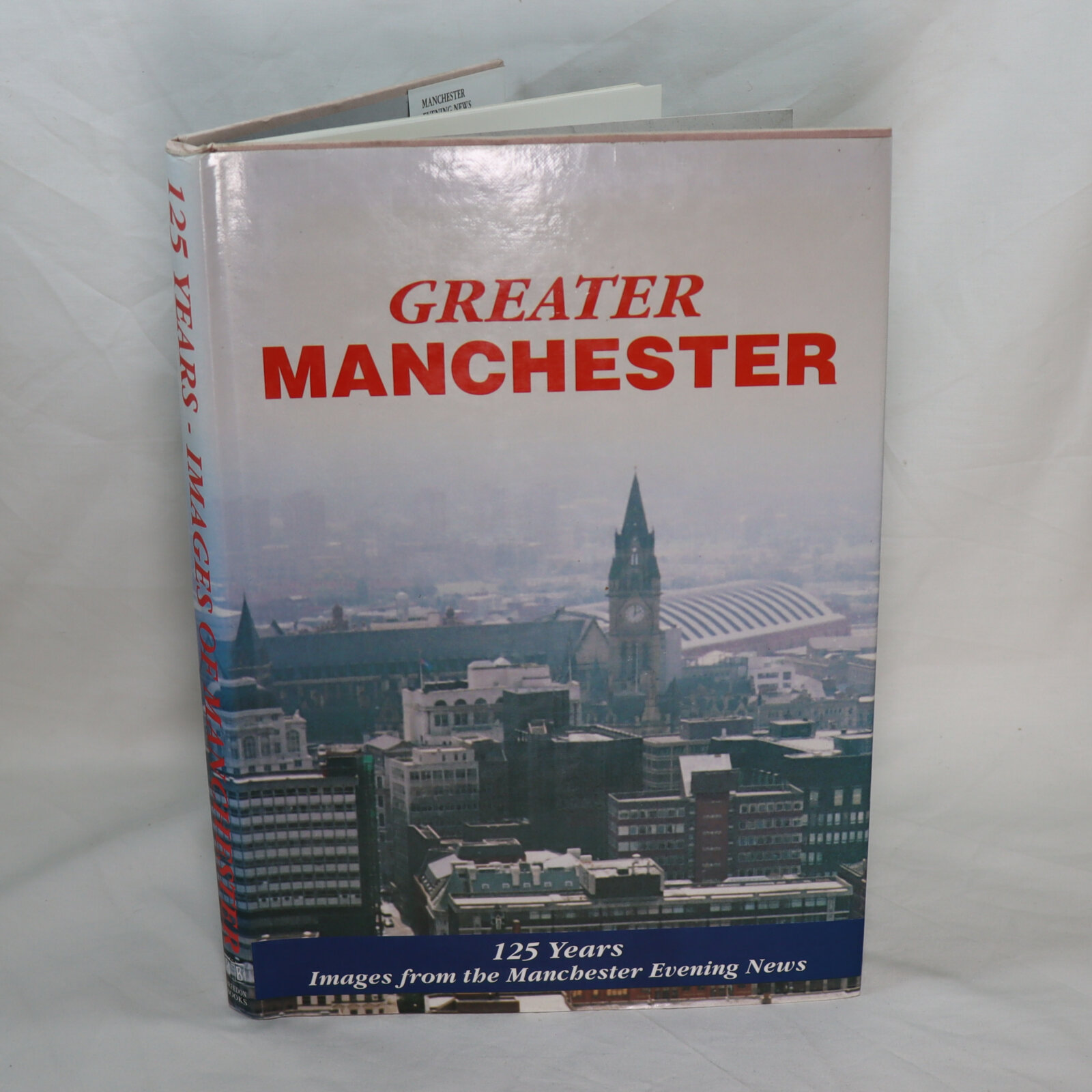
Related products
Share this Page with a friend

